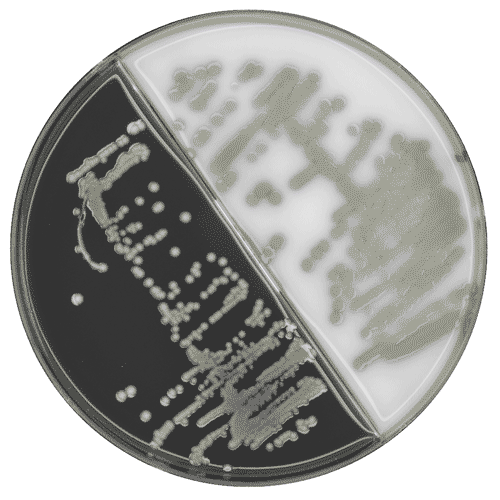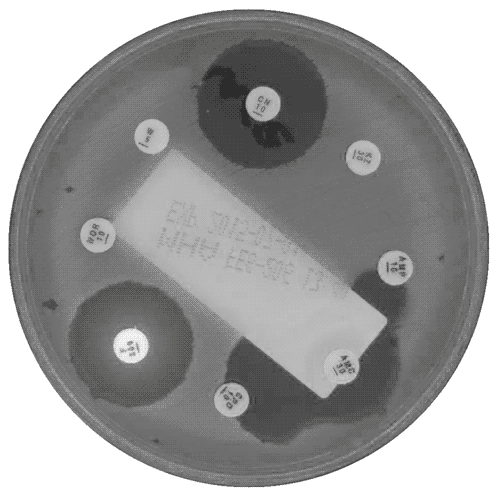Imaging Analysis
LBT’s Artificial Intelligence (AI) platform is a market-leading, flexible imaging analysis system that can support a range of different machine learning approaches. The platform includes a custom-designed, high-speed classification system that has been proven across several image processing applications.
Many image processing applications require small areas of interest to be found within large images, in the case of cultures plates, most images will be predominantly agar. Our system takes a two-stage approach.
The first stage is designed to rapidly discard areas of no interest, while the second stage is designed to perform a detailed analysis of the areas that remain. This allows the system to be both fast and accurate – a trade-off which is typically difficult to achieve. To date, no other classification approach has been able to match this system.

At LBT our AI technology is clinically proven to go beyond being purely assistive.

Our proven image processing platform, APAS, featuring clever artificial intelligence (AI) technology is designed to assist microbiologists process their workflow more rapidly, efficiently and consistently.
Across medical applications, AI is often designed to be an assistive technology, where software aids one or more humans to make better or more consistent decisions.
At LBT our AI technology, is clinically proven to go beyond being purely “assistive” and is able to remove plates requiring no further review from the workflow. This significantly reduces the volume requiring human review and enables microbiologists to focus their time on more complex cases.
Made up of image capture, image processing and decision making, these three key technical components form a platform capability which can be applied to many problems. Our technology was originally designed and applied to the screening of clinical culture plates. We have since further proven its use across a range of pathology laboratory challenges such as in the interpretation of antibiotic sensitivity plates and gram stain slides.